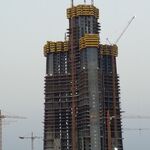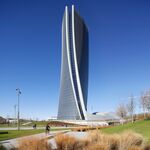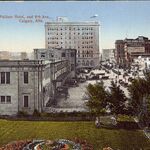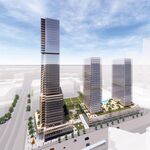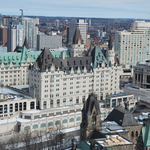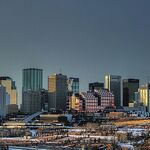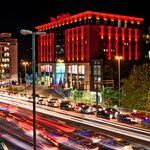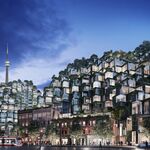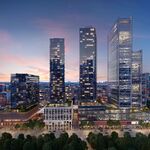As previously developed sites, contaminated brownfield land provides an opportunity for renewal and efficient use of limited space. By cleaning up these post-industrial wastelands and returning them to a usable state, natural swaths of green space and rich agricultural land can continue to thrive uninhibited. But some undeveloped areas of land that are currently used for agriculture, or left to evolve naturally, can be targeted for development. These sites are known as greenfields.
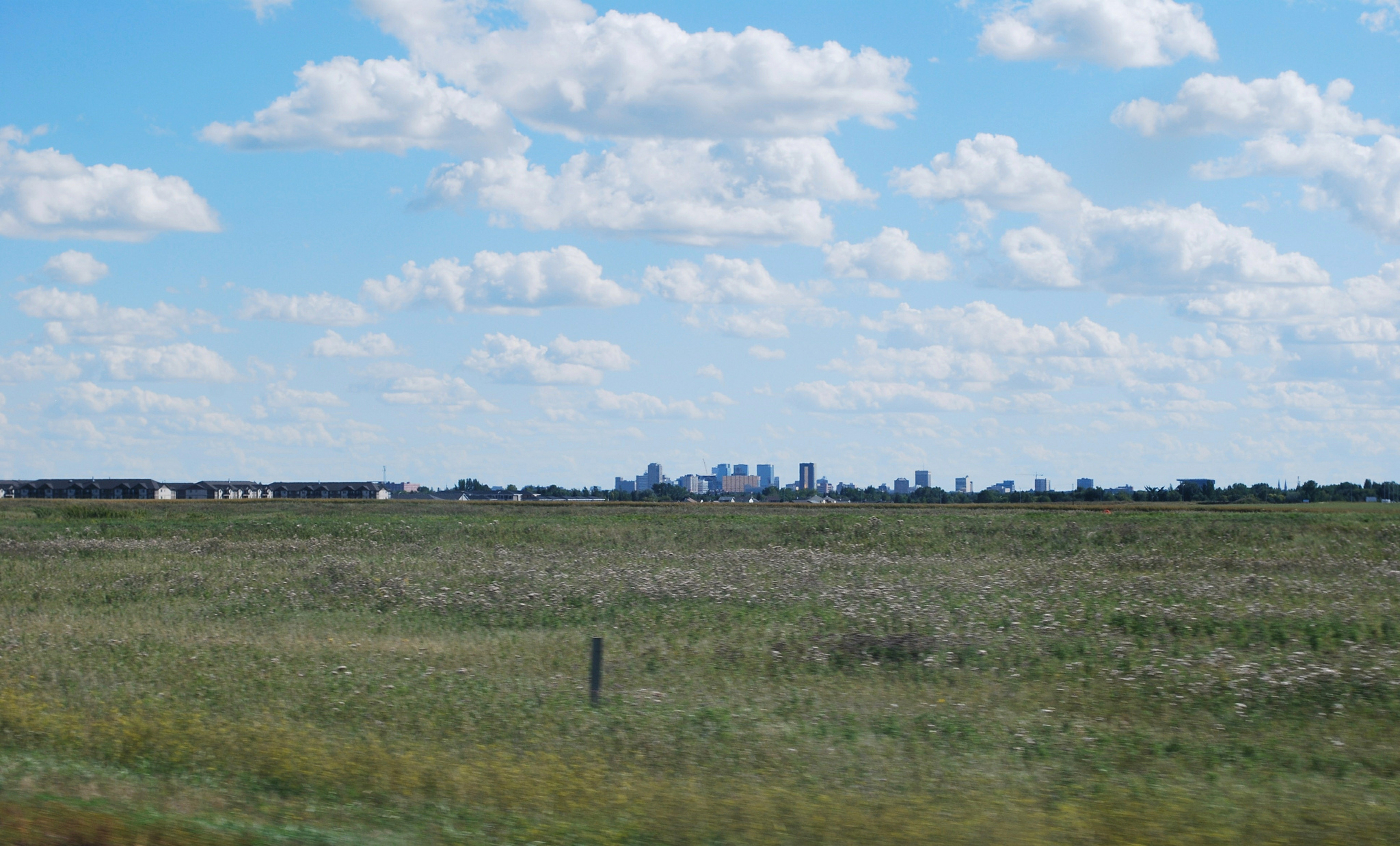 Greenfield sites outside Regina, Saskatchewan, image by Marcus Mitanis
Greenfield sites outside Regina, Saskatchewan, image by Marcus Mitanis
Developing greenfield sites is a contentious issue, largely due to the environmental impact involved. Building on these properties could mean a loss in agricultural production and employment, destruction of plant and animal habitats and a potential degradation in recreational use of the land.
 Rural lands outside Regina, Saskatchewan, image by Marcus Mitanis
Rural lands outside Regina, Saskatchewan, image by Marcus Mitanis
The issue is particularly relevant in the United Kingdom, where demand for housing has pushed municipalities to develop on rural greenfield sites. Land that is earmarked for future development is usually restricted and kept off limits by the government or a private corporation.
Have any other construction and development related terms that you would like to see featured on Explainer? Share your thoughts and questions in the comments section below!

 874
874 
















